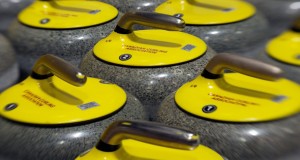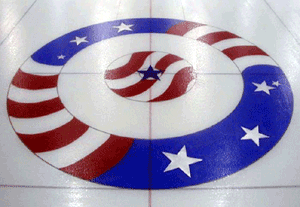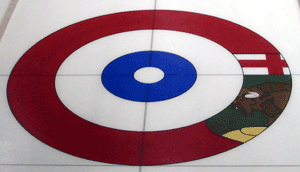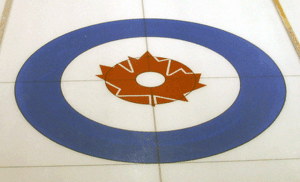Parity in curling leagues and more…
I have had a number of e-mails in the last month concerning league set-ups, round robin draw formats, the buzzer / bell / light rule as examples.
Since there are many best practices out there, it would be worthwhile sharing some ideas and inviting the readership to send along their own!
The most popular question is “do you have a draw for 14 teams on 4 sheets?” or “18 teams on 6 sheets” and so on (you can view round robin draws in the Business of Curling Operations Manual here). We will send them off the draw they need to run their league. I do want, however, to offer them some advice from watching successful clubs in action and that is: try not to run too big of a round robin.
It seems we get focussed on making sure that if we have 17 teams sign up as example, every team has to play every other team. I am not a big fan of these big round robins and many clubs find a ladder system much more efficient, fairer and enjoyed by the teams in the league.
The only positive quality about a ‘big’ round robin is that you do indeed get to play and meet everyone at least once. But, the negative qualities can impact member retention and should be considered before you make the leap. A big RR is hard to build with fairness of ice allocation (playing all sheets equally), fairness of draw times between early and late and most importantly there are too many bad games between the really good teams and the novice or very recreational teams. It’s not fun for the good teams to beat up on someone in 4 ends and it’s not fun to be on the receiving end!
The ladder system, however, should be much fairer as the season progresses. It groups teams based on ability playing shorter schedules which are easier to plan and build. There will be more parity in the league and all teams will enjoy the night at the club because more often than not, they will have a good game.
How does it work? Say you have 16 teams on 4 sheets. Break them into two groups of 8 and play simultaneous RRs of 7 games. After the conclusion of the seven weeks, move the top 3 teams from B to the A section and drop the last 3 teams from A to B.
In a typical curling season, you should be able to play three of these 7 team RRs and then have a playoff to determine A1 and B1 or use total the wins or whatever other format you already use. The neat thing about this is you can oversell the league (make more money!). Try and recruit 18 teams for this league and make it A, B & C with 6 teams in each and 5 games in the RR. You will have byes but byes are acceptable now and teams actually look forward to a night off from the routine. After the 5 weeks, move two from B to A, move two from C to B, drop two from A to B and drop two from B to C. In a typical curling season, you can run four of these!
To buzz or not to buzz……
First of all I HATE THE BUZZER RULER! Just play faster everyone!
While I realize that it will take a while for the world to catch on to the fast play movement threatening to ‘sweep’ the nation, we need to answer the question that I often get asked conerning the buzzer or bell rule and that is “When Is An End Considered Officially Over?”
Now you know why they are asking this question and it is because the buzzer or bell rule says that when it goes off, you finish the end you are in and play one more. Now curlers don’t know what to do when the buzzer goes off after the end is over and before the next starts. Do they get one or two more ends?
My opinion is (because there isn’t a rule for this in general play) that the end is over when the 16th stone comes to rest. Not when the score is agreed to because there could be a measure and you might not be able to find the stick; or it might be in use on another sheet. Not when the rocks are all in the corner either, because the front players could be bushed from sweeping and they don’t help and the thirds have to do it by themselves (smile!) and that takes time.
There are too many variables that might affect time if you use anything but “when the last stone comes to rest”. That is a definitive moment and one that can’t be argued. I realize you can’t stop a team ahead in the score to slow down at anytime but, that is unethical and not a rule violation in club play.
This unofficial guideline should work. So, if the final stone of the end comes to a stop and then the horn sounds or the buzzer buzzes or the rockets red glare, I would let you play two more ends. But be quick about it because the 9pm guys aren’t going to be happy if it takes 25 minutes an end to play the last 2!!
Postscript: During Business of Curling Symposiums, we show images of neat curling circles from Madison, Wisconsin such as this one with the stars and stripes. During these BofC sessions, we challenge Canadian curling clubs to build something creative in their own rinks. I am convinced it will add to retention as first contact in any curling club between any new customer and your club is the first step to keeping them – even before they pay!! Imagine walking into a curling club for the first time or, as a seasoned veteran, and looking out to the ice area and seeing curling rings as interesting as this in a nice, clean playing area. A wonderful first impression and you’re on the way to recruiting the customer!
Well, along comes the innovative group at the Morris CC, Manitoba (50 kms south of Winnipeg) and their beautiful curling circles. Way to go guys, very impressive and keep up the good work!








